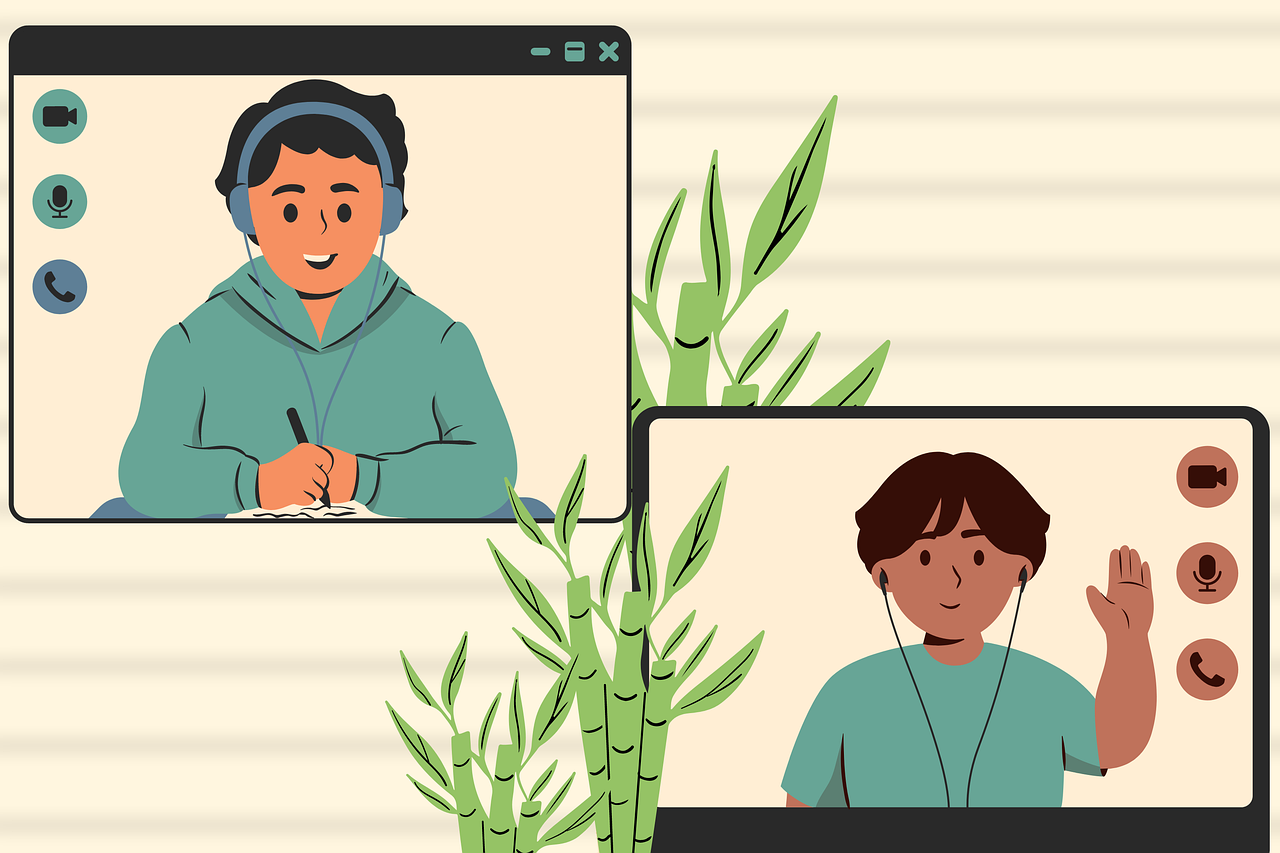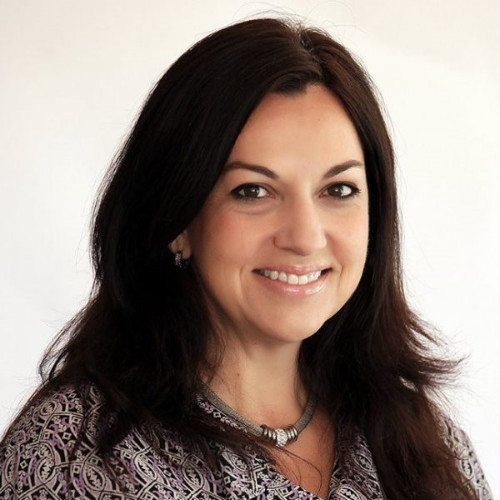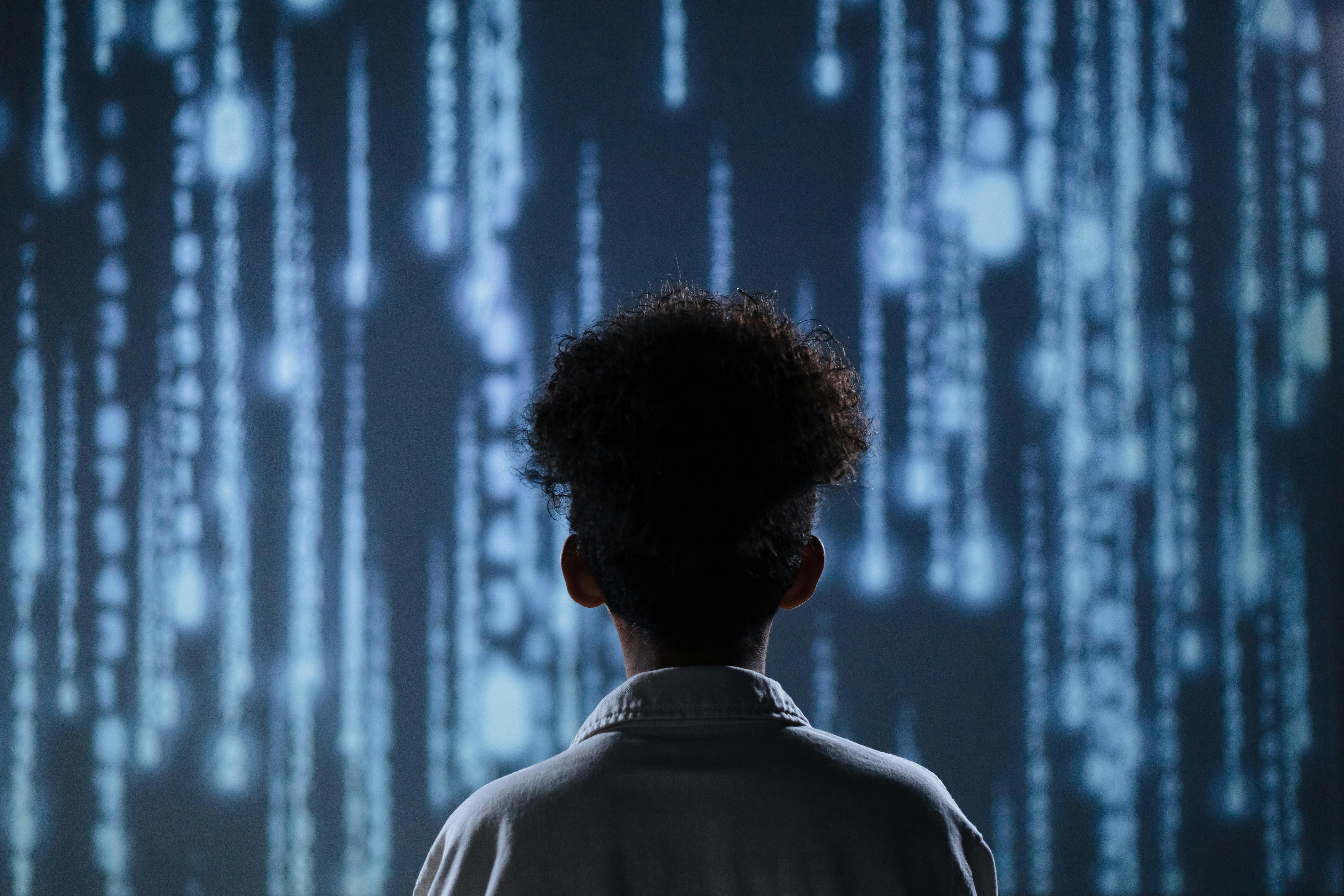Transforming Learning Spaces in Virtual Environments
Tech & Learning Innovative Leader Awards (Georgia): Most Innovative Learning Spaces

Most Innovative Learning Spaces — Kristy Beam, Assistant Superintendent of Teaching and Learning, City Schools of Decatur, Georgia
In the past few years, the concept of innovative learning spaces has moved beyond reading nooks or modular classroom furniture that can be morphed into new learning stations throughout the day.
Kristy Beam, Assistant Superintendent of Teaching and Learning for City Schools of Decatur re-imagined learning spaces with the adoption of a virtual learning program for the 6,000-student district in the 2020-21 academic year.
“I started this position in March of 2020,” she says. “It was a pretty big lift, we had nothing in place. A lot of districts already had digital learning days and had LMS’s on which they posted their work for students. We are a Google-certified district, but we didn’t have that in place.”
Beam was recently recognized with an Innovative Leader Award for “Most Innovative Learning Spaces” during Tech & Learning’s recent Georgia leadership summit.
Nominate someone for the Tech & Learning Innovative Leader Award here
Plan and Execute

When the pandemic hit, Beam’s first plan of action was to put a teacher team in place to spread the responsibilities and resources.
Tech & Learning Newsletter
Tools and ideas to transform education. Sign up below.
“We looked at best practices for online instruction,” she says. “We began training them on tools we hadn’t had previously, such as Nearpod. We created manuals and a self-guided training website so teachers understood, ‘These are the expectations, this is what you need to know—you pick and choose the training you need to be successful.’ We made the tools available without wasting their time going over areas in which they already had competency or experience. Things went really really well. We ended up as one of the top performing districts in the state, while being only one of four that stayed remote all year.”
To make certain this virtual learning environment had the same rigor as in-person classes, Beam embedded a social-emotional learning regimen into the program to make sure all students in the virtual learning program received the holistic support they required.
“We use EL education and IB educations, both very ingrained in supporting the whole child,” she says. “We engage in a mentorship program called S.E.E.D. Learning from Emory University. It’s not just about the academics. How are we going to provide for a student, for example, who has her own children at home, or someone expelled for a violence-related reason. How are we doing restorative practices to find a different way to express their emotions. Students are still struggling with anxiety stemming from the pandemic. We have a Georgia Dept of education program Engage Graduation Alliance, we have our Equity and Student Services Dept, our Special Ed, NCFS, Social Workers, to make sure we are building the best community of wraparound supports to help them find their success.”
Finding quality resources and using tools is a particular talent of Beam’s.
“What I’m seeing now is some desire to revert back to the way things were prior to the pandemic,” she says. “With all the challenges we faced and the ugliness of that time, there was also some good learning that came out of it. We want to preserve the good that we discovered and incorporate that into our practices. One of those elements is the flexibility that virtual learning provides.”
Building a Strong Data Culture
During her 24 years in education, Beam has taught grades 3-12, been an administrator, prepared teachers in the university setting, and helped educators examine data to create and implement strategic plans to achieve their goals.
“We are currently doing a study to find the best data warehousing tool for our district,” she says. “We have got to find a better way to turn that data into information—like many districts, we are data rich and information poor. We can see the big picture trends, but we really want to dig in and use it to inform our teachers’ instruction. But you have to build those relationships with the teachers, because data is personal. That data represents the people behind the numbers. Once you humanize that data and recognize you are empowering teachers, it’s not about autonomy. You are empowering them that if we don’t like what we see, we can look at it and make the changes.”
Beam is excited about developing a strong data culture, and navigating the process. “It’s how we frame it,” she says. “It’s so important, standardized tests, walk through, classroom assessments, surveys— it is all of those things, but we need to pull them together to understand what the data is telling us. I am absolutely excited to find that key. That is the one thing that is a must for starting the new year.”
Sascha has nearly two decades of experience as a freelance journalist writing for national magazines, including The Washington Post, LA Times, Christian Science Monitor, National Geographic Traveler, and others. She writes about education, travel and culinary topics.

